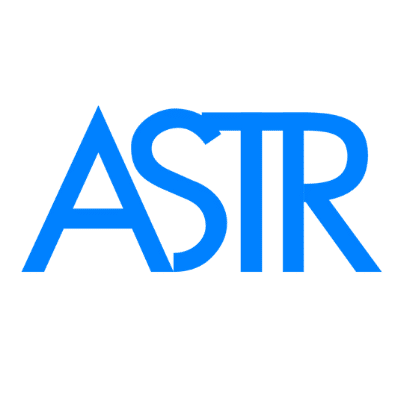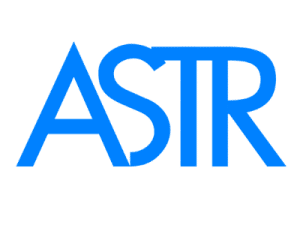Myofascial Tools That Actually Work (and What to Avoid)
Myofascial Tools That Actually Work (and What to Avoid)
Search terms: best tools for myofascial release, myofascial release tools, fascia massage tools
With rising awareness of fascia’s role in chronic pain and movement restriction, myofascial release tools have flooded the market—promising relief from tight muscles, tension, and inflammation. But not all tools are created equal. Some offer genuine healing benefits, while others may do more harm than good.
This guide will help you identify the best myofascial tools that actually work—and which ones you should avoid to prevent injury, inflammation, or wasted money.
✅ What Are Myofascial Release Tools?
Myofascial tools are instruments designed to:
-
Apply sustained pressure to fascia and muscle tissue
-
Break down adhesions, scar tissue, and trigger points
-
Restore fluid motion between muscle layers
-
Stimulate blood flow and lymphatic drainage
They range from handheld massage tools to professional-grade instruments used in clinics.
🧰 Best Myofascial Tools That Actually Work
1. ASTR® Myofascial Release Tools
Developed by a Doctor of Physical Therapy and patented for clinical precision, ASTR tools are among the most effective and safest fascia release instruments on the market. These tools:
-
Are ergonomically designed to reduce hand strain
-
Break up scar tissue and chronic fascial adhesions
-
Are used by professionals and home users alike
-
Support healing without causing trauma to tissue
Recommended for: Scar tissue, trigger points, muscle knots, post-surgery adhesions, and chronic myofascial pain.
2. Foam Rollers (Moderate Benefit)
Foam rollers are widely used and accessible. They can help increase blood flow, warm up muscles, and release superficial tension.
Limitations:
-
Cannot target deeper fascial adhesions
-
Often miss specific trigger points
-
May irritate inflamed tissue if used too aggressively
Best for: General warmups and cooldowns, not deep trigger point therapy.
3. Massage Balls (Mixed Results)
Lacrosse balls, spiky balls, or peanut rollers can provide targeted pressure on certain muscles (like the glutes, hamstrings, or upper back).
Limitations:
-
Poor control and inconsistent pressure
-
Can bruise or compress nerves (especially around the spine or shoulder blades)
-
Difficult to use on hard-to-reach areas
Best for: Temporary relief in large muscle groups—use with caution.
⚠️ Myofascial Tools to Avoid
❌ Cheap Plastic Scrapers (Gua Sha knockoffs)
Many low-cost tools imitate professional instruments but are made of rigid, non-medical-grade materials. These tools can:
-
Scratch or damage skin
-
Cause unnecessary bruising or inflammation
-
Lack ergonomic safety for prolonged use
❌ Vibration Guns for Deep Fascia
Massage guns may feel good in the short term, but they can:
-
Overstimulate muscles without releasing fascia
-
Worsen inflammation in active trigger points
-
Disrupt healing in post-injury tissues
Use vibration devices sparingly and never on inflamed or sensitive areas.
🧠 What Makes a Tool Effective?
To safely and effectively release fascia, a tool should:
-
Apply gentle, controlled pressure—not forceful digging
-
Support tissue hydration and circulation
-
Be made of smooth, biocompatible material (like stainless steel or polished polymer)
-
Be shaped to conform to body curves without slipping
-
Be backed by clinical results and practitioner use
ASTR’s patented instruments meet these standards and are supported by published case reports and clinical data.
👉 Explore the ASTR Myofascial Tool Set
🗝️ How to Use Tools Safely
-
Start slow: Apply light pressure and increase only as tolerated.
-
Stay hydrated: Fascia responds best when tissues are well-hydrated.
-
Avoid inflammation: Never use tools over bruised, swollen, or inflamed areas.
-
Pair with movement: Follow up with gentle stretches or functional exercises.
-
Listen to your body: Pain or discomfort is a sign to stop or reduce pressure.
Final Thoughts
Not all fascia massage tools are created equal—and some can even make pain worse if used incorrectly. Choosing clinically designed instruments like ASTR tools can help you safely release tight fascia, deactivate trigger points, and promote lasting healing.
Don’t just roll and hope. Treat your fascia with intention, science, and the right tools.
References
-
Schleip, R., Findley, T. W., Chaitow, L., & Huijing, P. A. (2012). Fascia: The Tensional Network of the Human Body. Churchill Livingstone.
-
Dommerholt, J., & Gerwin, R. D. (2006). Myofascial Trigger Points: Pathophysiology and Evidence-Informed Diagnosis and Management.
-
Maher, R. M., Hayes, D. M., & Shinohara, M. (2013). Quantification of dry needling and posture effects on myofascial trigger points using ultrasound shear-wave elastography. Archives of Physical Medicine and Rehabilitation, 94(11), 2146–2150.

